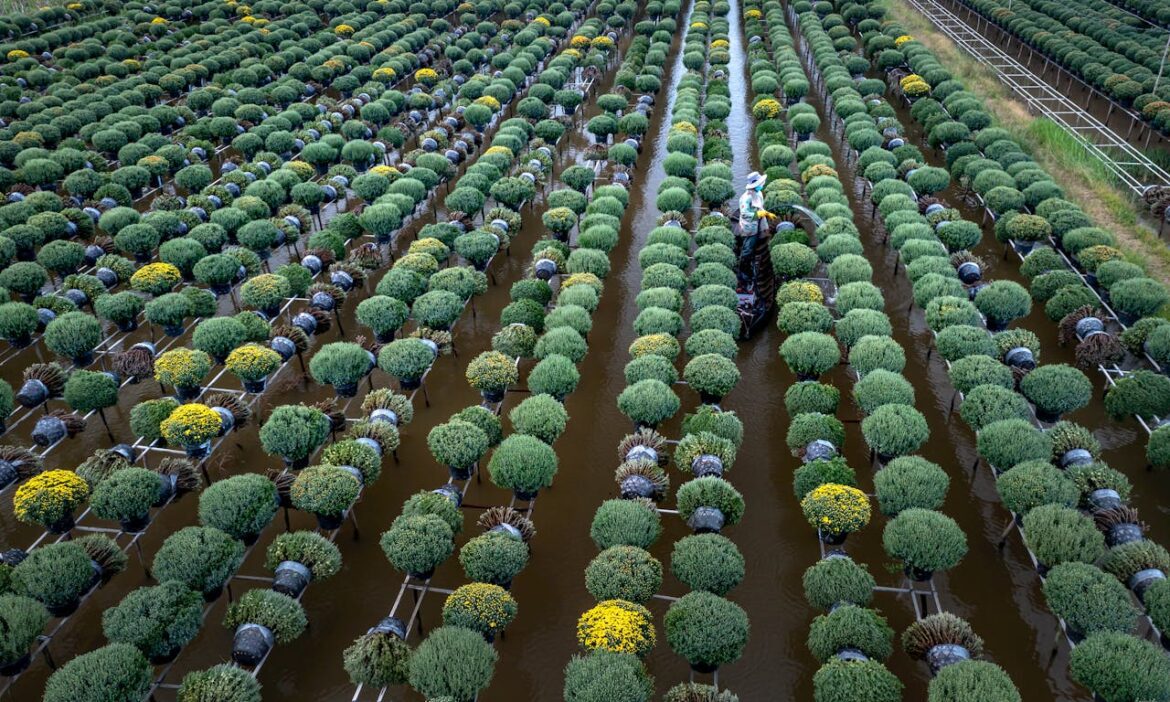Headline: “Vertical Farming Expands to Urban Centers Across the U.S.”
In December 2024, U.S. agriculture companies are scaling up vertical farming operations in urban areas to meet growing demand for fresh, locally produced food. These high-tech farms are revolutionizing food production by using minimal land and resources.
What is Vertical Farming?
Vertical farming involves growing crops in stacked layers within controlled environments, often using hydroponic or aeroponic systems. LED lighting and automated irrigation optimize plant growth, making it a sustainable alternative to traditional farming.
“Vertical farming is feeding cities sustainably,” said Lisa Green, an agricultural innovation expert. “It’s reducing food miles and resource waste.”
Key Developments
- Urban Expansion: Companies like Plenty and AeroFarms are opening large-scale vertical farms in cities such as Chicago and Los Angeles.
- Retail Partnerships: Grocery chains are partnering with vertical farms to provide customers with fresh produce year-round.
- Crop Diversification: Beyond leafy greens, vertical farms are now growing strawberries, herbs, and even grains to meet broader consumer needs.
Benefits for Urban Communities
Vertical farms reduce the environmental impact of food transportation and eliminate the need for pesticides. They also create local jobs and enhance food security by ensuring consistent supply.
Challenges in Scaling
High setup costs and energy demands are barriers. Innovations in renewable energy integration and automation are driving down costs, making vertical farming more accessible.
December 2024 highlights the potential of vertical farming to transform urban food systems and address global agricultural challenges.

